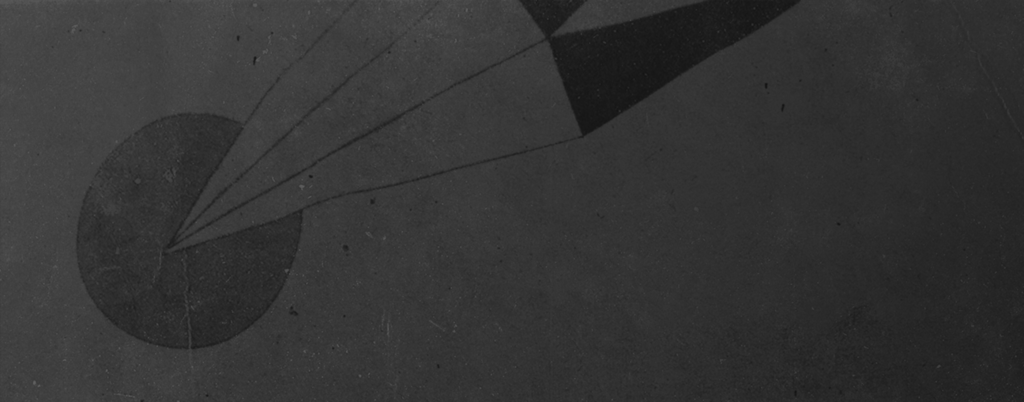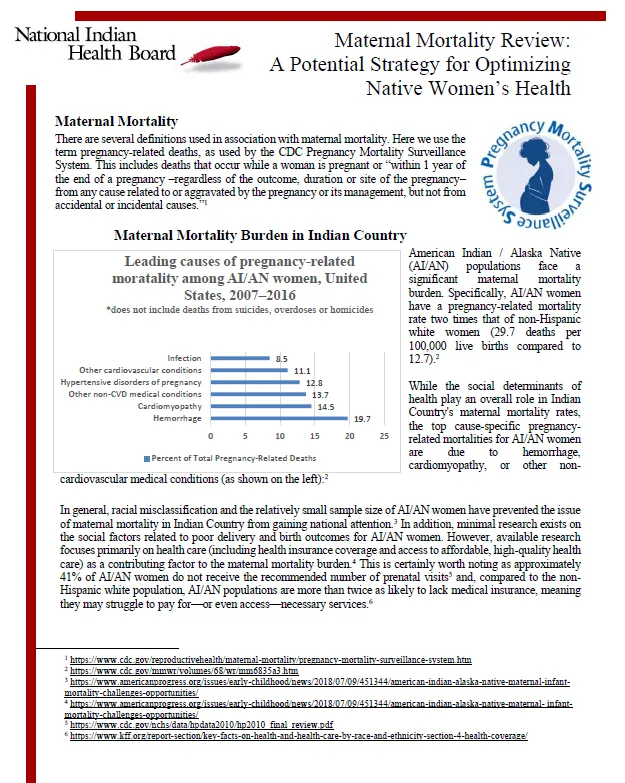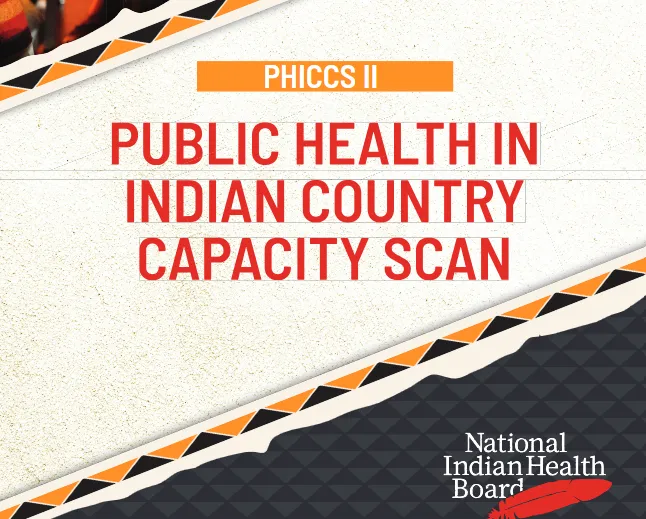The Dental Health Aide Therapist Program in Alaska: An Example for the 21st Century
In 2009, I arrived in Bethel, Alaska, to begin my work as a dentist for the Yukon Kuskokwim Health Corporation (YKHC), serving over 26,000 Alaska Natives across 48 remote villages. While I was aware of the severe shortage of dental care in Alaska, I was unprepared for the reality I encountered.
Within just a few days, I treated three young children from outlying villages, all under the age of three, suffering from severe tooth decay and abscesses. Each child had to be strapped to papoose boards for protective stabilization during treatment.
Unfortunately, these were not isolated cases. A 2008 study on oral health among Alaska Native children revealed an alarming crisis:
- 87% of children aged 4-5 and 91% of children aged 12-15 had dental caries, compared to just 35% and 51% of children in the general U.S. population.
- The average number of cavities among Alaska Native children was significantly higher than their U.S. counterparts (7.5 vs. 1.6 in children aged 4-5, and 5.0 vs. 1.8 in children aged 12-15).
I had stepped into an epidemic of oral disease. Fortunately, a groundbreaking solution was on the horizon—one with the power to transform dental care in these underserved communities.




